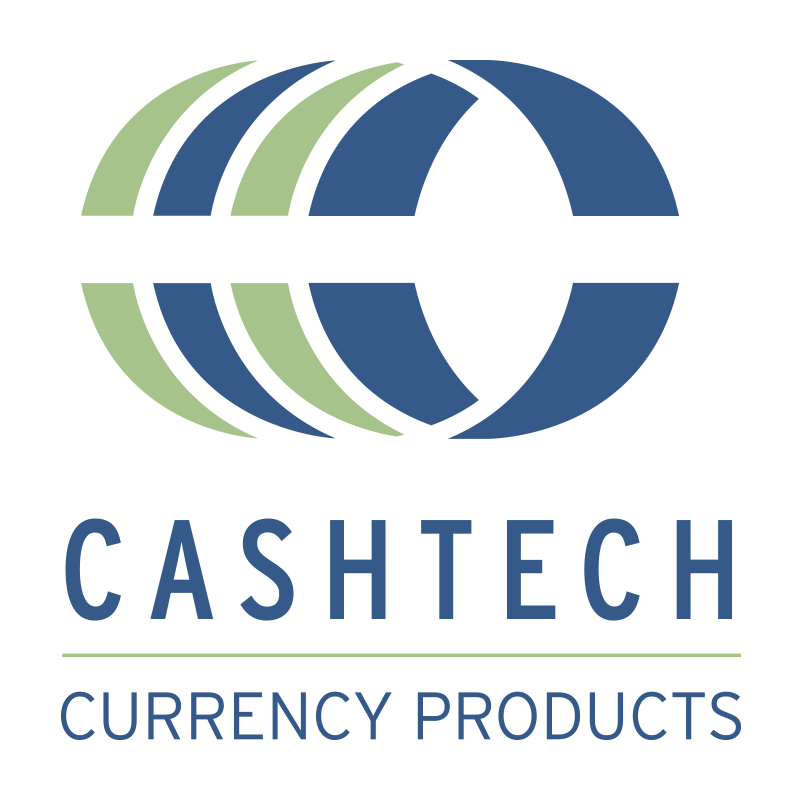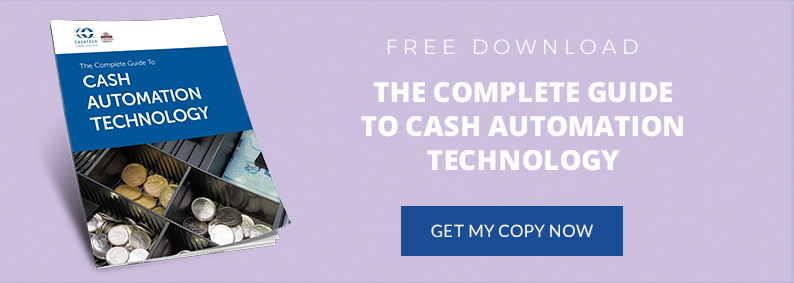Counterfeiting has been around for ages, since the invention of currency. Criminals have been trying to pass counterfeit money as authentic cash for thousands of years. And it’s still a rampant problem today. Except now, technology has led to the creation of sophisticated counterfeit bank notes that are more difficult to detect than ever before.
Luckily, technology is also on our side. Rapid developments have reshaped counterfeit security features to make identification easier and duplicates harder to make. You no longer have to depend on sight and touch alone to detect counterfeit. You can use sophisticated counterfeit detectors to detect whether a bank note is counterfeit or genuine.
If you accept cash in your business, you should invest in counterfeit detectors. Whether you’re in retail, the restaurant industry, the gambling sector, the financial industry, or some other type of business, you may be at risk of counterfeit fraud. And counterfeit detectors can help protect you. Here’s how they work.
What Is a Counterfeit Money Detector?
A counterfeit money detector can come in many forms, but in its essence, it’s a machine that detects the security features of bank notes in order to determine whether any given bill is counterfeit or genuine. It uses one or several different methods of detection to verify bank notes through their security features. Some of these methods include UV, watermark, and metal thread detection. The more methods of detection that are used, the more accurate the machine will be as it is able to verify more security features.
UV Counterfeit Detection
UV is the most commonly used counterfeit detection method—it is seen in most of the lower-end devices with the lowest price points. A UV detector verifies the UV marks on authentic notes by shining ultraviolet light onto the bills. These UV marks are created through the use of non-visible dyes that are only visible under UV light. If the UV printed images glow when subjected to the UV light, then the bank note is expected to be authentic.
Magnetic Counterfeit Detection
Some counterfeit money detectors also use magnetic detection to identify the magnetic ink and metal threads placed on strategic areas of bank notes. This is also a common type of counterfeit detection.
Watermark Counterfeit Detection
In addition, some detectors will also use light to view watermarks that are built into authentic bank notes. These watermarks cannot be seen by the naked eye.
Size Detection
Newer, more modern counterfeit detectors can also detect whether or not the bill being verified is the right size. Bills are all created in a standard size, so any deviation would be a red flag for a fraudulent bill. Size detection adds an extra layer of protection.
Automatic Counterfeit Detectors
Though many of the least expensive note detectors still require your employees to make a judgement call on the authenticity of a bill, state-of-the-art counterfeit detectors will do all of the work for you. Automatic counterfeit detectors are the best way to accurately detect fraudulent bills. They are configured with advanced imaging software allowing them to detect the exact dimensions and features of bank notes with 100% accuracy. They will automatically reject counterfeits.
Protect Your Business
Counterfeit money detectors come in many designs and use several different types of detection methods in order to protect your business from fraud. Depending on the amount of money you need to scan and how often you need to use the device, you can find the right model that will meet your business’s needs.
At a low cost and a relatively easy training process, investing in counterfeit detection is a practical approach to retail loss prevention, particularly small businesses that cannot afford extensive security measures but are susceptible to counterfeiting. Through this simple security measure, you can greatly reduce your risk of counterfeit and protect your bottom line.



